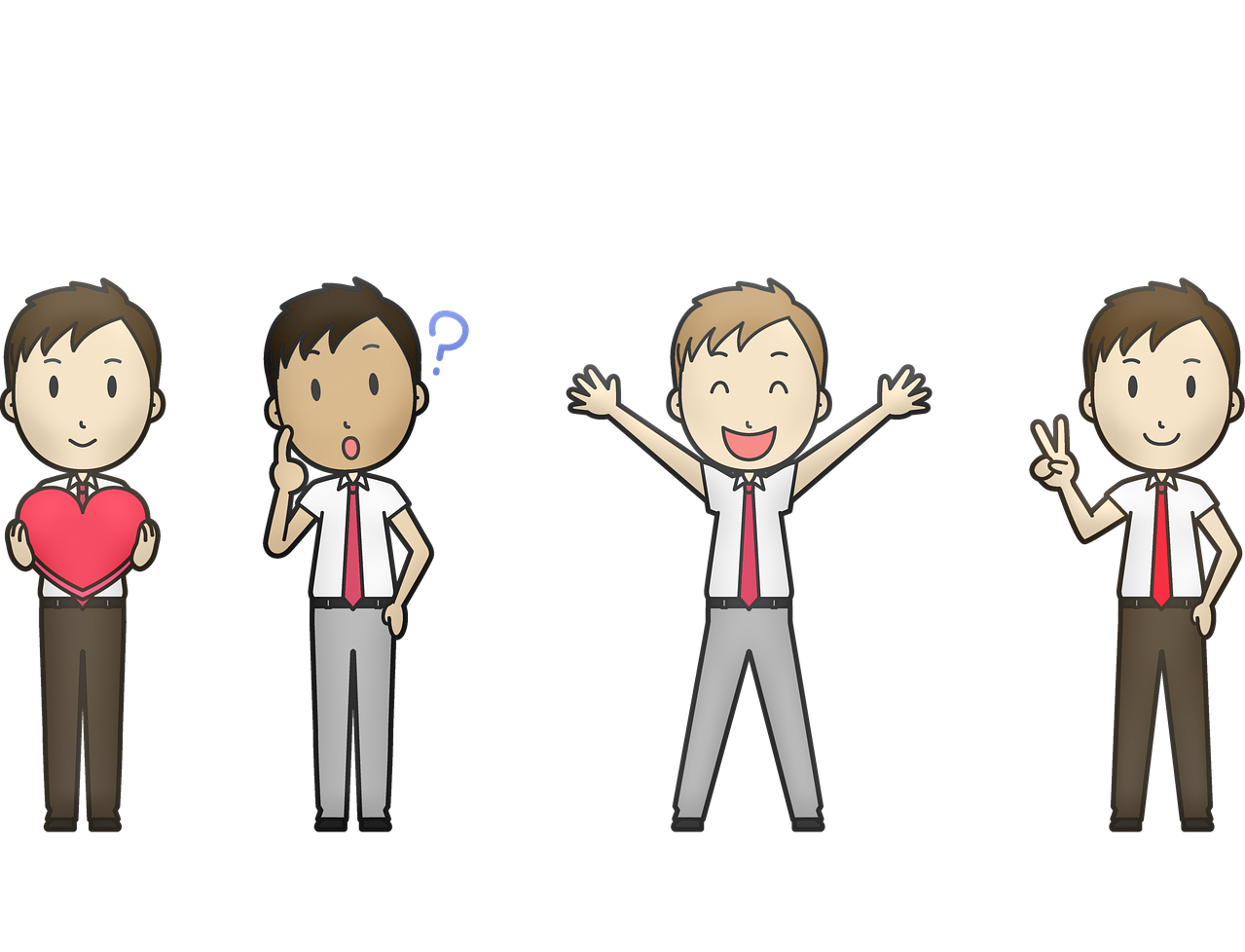3 ways of boosting morale to improve employee engagement
Just one in five UK employees report feeling engaged at work, but this number could be higher if companies focused their efforts on boosting staff morale according to employee benefits provider Sodexo Engage.
Morale is a key contributor to employee engagement – Oxford University Business School research suggests happy workers are 13% more productive than their disgruntled counterparts. By eliminating disengagement, companies could rake in output gains of up to £70 billion per year.
In light of this, Sodexo Engage has pulled together three ways HR professionals can foster a positive company culture and boost workplace morale.
Recognition
Sometimes all somebody needs to keep their morale in high spirits is a simple ‘well done’. Shining light on an employee’s achievement, however big or small, reassures them that their work is not going unnoticed and validates their efforts. It keeps them on track, reinforces good practice across the company, and puts a smile on the individual’s face.
Recognition can come from the top down – for instance rewarding staff through benefit schemes such as eVouchers – or it can be actioned at a peer level. In fact, a study by a Harvard Business School found positive recognition from co-workers can increase an employee’s output by 7%. It’s often a lot easier for colleagues to spot, as they are more tapped in and accustomed to each other’s day-to-day activity. Whether it’s just a pat on the back, bringing someone’s work to the attention of a manger or sending them a personalised eCard, taking the time to show appreciation for another colleague can really go a long way to boosting morale.
Company values and objectives
One cause of low morale is a lack of motivation. HR professionals can combat this by having a clear set of company values in place, reinforced and actioned by senior management by way of promoting good practice, and a selection of objectives for staff to work towards as a team. With values to work by and an end goal to work towards, staff can garner a strong sense of purpose, driving up motivation and morale. Group objectives in particular foster comradery as they are collaborative and provide a common goal to aspire to.
Alongside team objectives, individual target setting is also key to ensuring employees have a positive attitude at work. They keep people focused with a defined purpose, and once achieved, give employees the sense of fulfilment and reassurance that they are making good progress. Better still are individual targets that tie back into company-wide objectives – that way employees can see where they fit into the wider picture and how their contribution impacts the company’s overall results.
Leadership
It’s important that senior management recognise the impact they have on a workforce, and the effect their leadership approach and overall attitude has on their employees’ experience at work. An employee’s relationship with their manager can ultimately make or break how content they are in a role, as research by Addison Group found two fifths of staff attribute their loyalty towards work to their immediate supervisor. Ultimately, if an employee and their manager get along, employee morale is more likely to remain high.
Everybody has their own style of leadership which works for them, but what senior management should be doing is understanding what works for their employees. People respond to different forms of direction, and to understand which is best suited for each individual, HR teams should consider regular anonymous surveys to help inform their approach. Some organisations choose to do this annually, alongside shorter more frequent surveys to check in on what employees think about efforts currently made. Providing employees a safe space to share their thoughts gives them a sense of ownership and further boosts their engagement with the company.
Jamie Mackenzie, Director at Sodexo Engage, comments:
“Companies that invest time and effort into employee morale will reap the rewards. By praising good work and fostering a culture of recognition, regularly setting targets and moulding management styles to meet employee demand, businesses will see a difference in engagement levels.
“It’s true people do their best work when they’re happy. When an employee feels appreciated and content at a company, they want to do well for the business, and their productivity and work output reflects that. On average, people spend over 3,500 days of their life at work – it’s important their experience is a positive one.”

